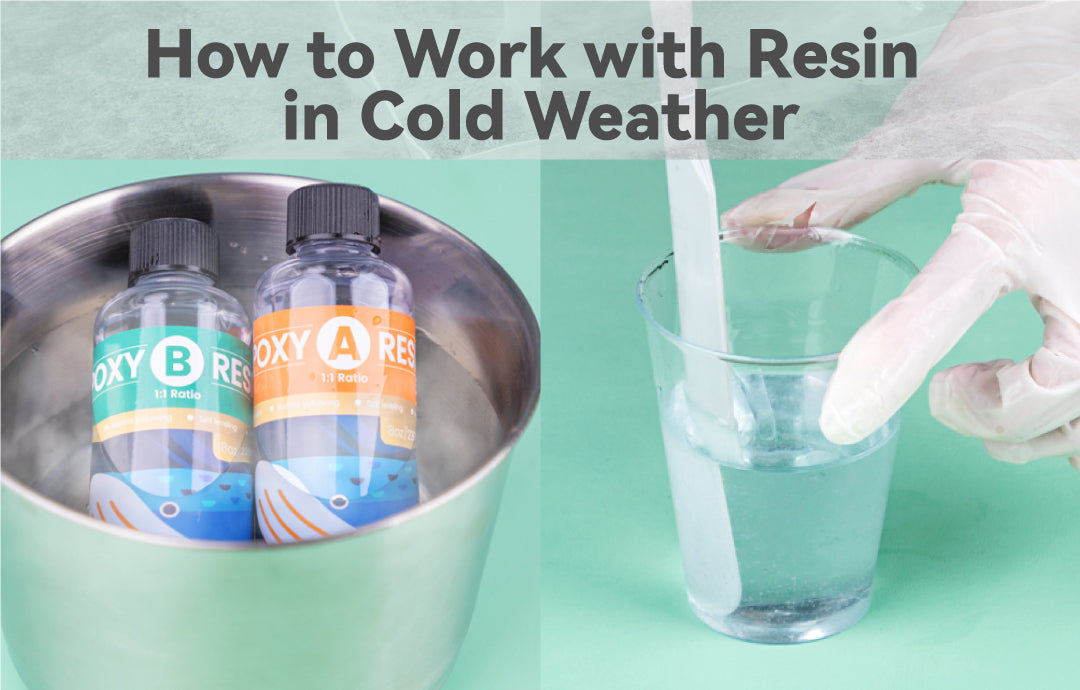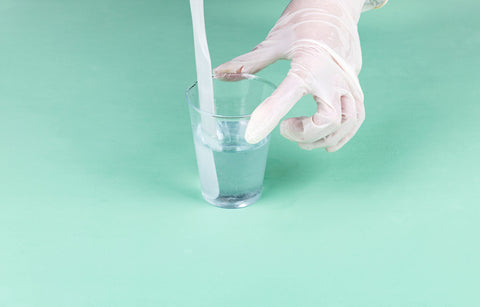How to craft with Resin in Cold Weather

Working with resin during the cold winter months can present both exciting opportunities and unique challenges. As the temperatures drop, resin's behavior can be affected, leading to issues like incomplete curing, unwanted bubbles, and uneven finishes. But fear not, as we're here to provide you with valuable insights and techniques for successful resin crafting in chilly conditions.

Resin Curing in Cold Temperatures: Overcoming Challenges
In cold weather, resin can behave differently due to slower chemical reactions. To ensure your resin projects cure effectively, consider the following tips:
1. Temperature Control: Creating a Cozy Workspace
- Maintain a temperature-controlled workspace between 18-22°C, using heaters if necessary. This will help the resin cure faster and more evenly.
- Invest in tools like the ISTOYO Resin heating mat or ISTOYO epoxy resin curing machine to expedite the curing process.
2. Extended Curing Time: Patience Pays Off
- In colder temperatures, resin may require additional time for complete curing. Plan your projects with extra time in mind to achieve the best results, particularly if you need maximum heat and scratch resistance.

Resin Bubble Removal in Chilly Conditions
Cold temperatures can lead to thicker resin, making it challenging to eliminate bubbles. To address this issue effectively, follow these steps:
1. Gentle Stirring: Minimizing Bubble Formation
- Stir the resin slowly and methodically to reduce the formation of bubbles.
- Pay close attention to scraping the container's sides to ensure thorough mixing.
- Continue stirring until the hardener becomes transparent and is no longer cloudy.

2. Vacuum Degassing System: Achieving Professional Results
- Invest in a vacuum degassing system to remove any bubbles suspended in the resin. This tool will give your projects a polished and professional finish.
3. Preheating Your Resin: Reducing Viscosity
- Before mixing, preheat the resin by immersing it in hot water. Ensure that the resin doesn't come into direct contact with the water.
- Simultaneously applying gentle heat while stirring can lower the resin's viscosity, making bubble removal more manageable and improving efficiency.

Achieving an Even Resin Finish in Cold Weather
In colder conditions, resin may not flow evenly, resulting in an uneven surface. Here's how to address this issue:
1. Temperature Management: Keeping It Just Right
- Use specialized tools to maintain your resin at the ideal temperature, promoting a smoother flow and a uniform finish.
2. Thin Layer Application: Enhancing Uniformity
- Choose to apply multiple thin coats of epoxy resin for a more even finish
- This technique significantly enhances the uniformity of your final product.



Leave a comment